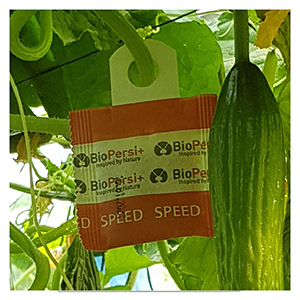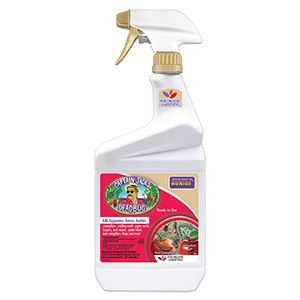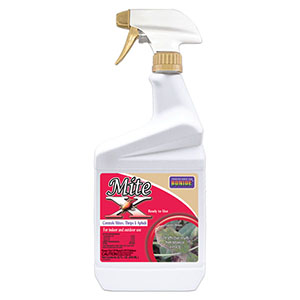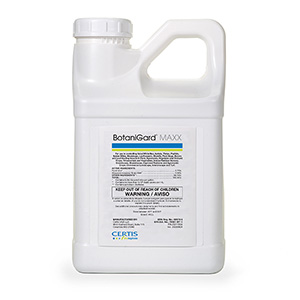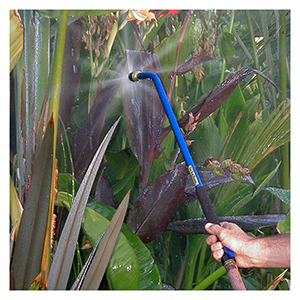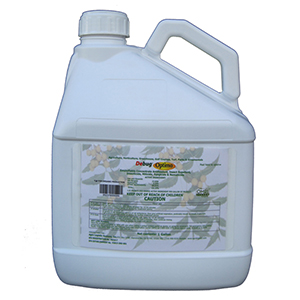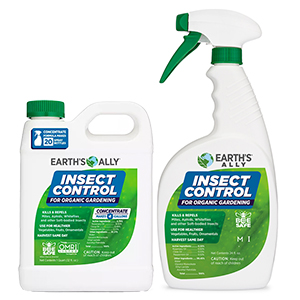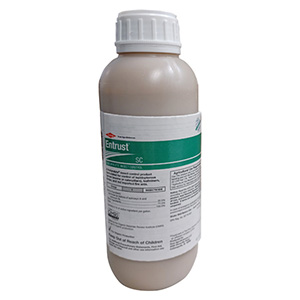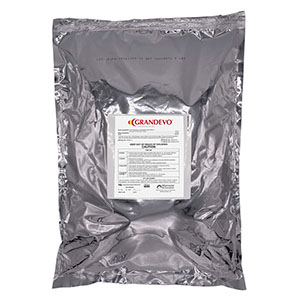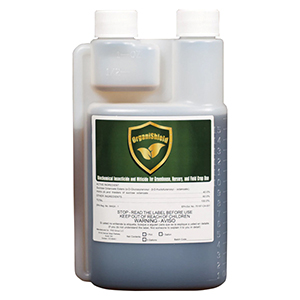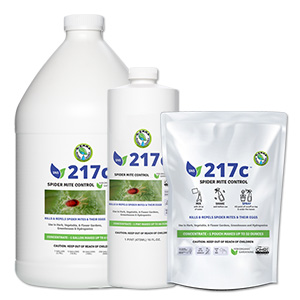Spider Mites
 Spider mites (Tetranychidae) are common pests of many outdoor crops including berries, ornamentals, vines, many fruit trees, hemp and cannabis. There are many subspecies of spider mites in the Tetranychus genus including the Pacific Spider Mite, Two-Spotted Spider Mite and Strawberry Spider Mite. Some species are more easily identified than others; however, it is generally unnecessary to do so as their biology, damage, and control measures are similar or the same.
Spider mites (Tetranychidae) are common pests of many outdoor crops including berries, ornamentals, vines, many fruit trees, hemp and cannabis. There are many subspecies of spider mites in the Tetranychus genus including the Pacific Spider Mite, Two-Spotted Spider Mite and Strawberry Spider Mite. Some species are more easily identified than others; however, it is generally unnecessary to do so as their biology, damage, and control measures are similar or the same.
Identification & Life Cycle: Spider mite populations can grow rapidly under the right conditions (warm with little wind is their favorite) and can be identified by the telltale webbing they produce on plant leaves. Unfortunately, by the time you see webbing, it may be difficult to control the population. Spider mites undergo five life stages – egg, larva, two nymph stages and the adult stage.
- Eggs – Overwinter under bark, in fallen leaf matter, and other areas that provide shelter. During the growing season they can be found on the undersides of leaves. They usually hatch within three days.
- Larva – Begin hatching after the last frost has passed and have six legs. Little feeding is done by this stage.
- Nymph – Looks similar to the adult, but slightly smaller and unable to reproduce. There are two nymph stages: proto-nymph and deuto-nymph.
- Adult – About 0.4 mm long with eight legs, adult spider mites can be pale yellow to green or orange to brown. Females lay between 50-100 eggs throughout their lives with unfertilized eggs hatching as males and fertilized eggs hatching as females.
Damage Symptoms: Spider mites damage foliage by sucking juices from the leaves. This shows up as stippling on the leaves and more severe damage can result in leaf bronzing that may lead to leaf drop. Leaf drop increases incidence of sun/light burn and negatively affects both vegetative and flowering stages. Additional signs of spider mites are curled and/or burned leaf edges as well as leaves that have taken on a leathery texture. Webbing will be produced when mite populations grow in size and can be found on foliage, twigs and fruit/buds.
Control & Management:
Sanitation - Sanitize your growing environment thoroughly. This includes washing all surfaces of the growing area, selecting organic soil mediums and inspecting plants for mite presence before planting. Remove any webbing prior to moving forward.
Cultural Control & Prevention - Optimize the growing conditions to the crop being grown and the environment being cultivated. Minimize mite damage by reducing water and nutrient stress as much as possible. Therm X-70 can be added to feeding schedules to increase nutrient/water absorption. Anything you can do to help your plants through hot spells will help control mite population growth.
Knockdown & Chemical Control - Existing spider mite populations should be treated with organic knockdown sprays if allowed. Naturally derived miticidal sprays like neem oil, pyrethrins, azadirachtin and horticultural oil can be sprayed directly onto adult mites, larvae, nymphs and eggs to kill on contact. Apply to active spider mite infestations at 3-day intervals until control is achieved. Horticultural oils can also be applied to overwintering sites to reduce egg populations. Exercise caution when applying oil-based sprays to plant in high temperatures (>80°) or intense lighting. Miticides should be used as a last resort in the flowering period of growth. Utilize biological control methods instead (see below).
Biological Control - Ideal for spider mite control during flowering. Introduce beneficial insects after knocking down spider mites for continued control. Match your growing conditions with the mite predator's optimal conditions and time releases in conjunction with other integrated pest management approaches.
- Mite Predators – Phytoseiulus persimilis, Neoseiulus californicus, Amblyseius andersoni, Neoseiulus fallacis, Mesosiulus longipes, Galendromus occidentalis
- Spidermite Destroyers - Feltiella acarisuga, Stethorus punctillum
- Generalist Predators - Minute Pirate Bug, Ladybug, Assassin Bug, Green Lacewing
PLEASE NOTE: All Mite Predators require additional processing time due to rearing and collection times. Please make note of the information in red at the top of each mite predator page and in the Shipping Tab to identify the earliest shipment date. If you have questions about shipment dates, orders can be placed with our sales representatives at 1-800-827-2847.
-
$25.00–$262.50
-
$68.00–$500.00
-
$140.00–$720.00
-
$35.00–$400.00
-
$27.00–$6,000.00
-
$26.00–$180.00
-
$144.00
-
$12.95–$19.95
-
$38.50–$142.00
-
$53.00–$154.00
-
$43.00–$128.00
-
$38.00–$240.00
-
$80.00–$750.00
-
$23.00–$85.00
-
$23.00–$120.00
-
$50.00–$387.50
-
$80.00–$105.00
-
-
$21.99
-
$38.35–$150.08
-
$23.99
-
-
$275.00–$2,495.00
-
$9.99–$29.99
-
$6.75–$11.99
-
$16.49–$26.99
-
-
$11.97–$34.99
-
$5.49–$9.99
-
$9.49–$17.00
-
$115.00–$1,314.00
-
$12.99–$24.95
-
$125.00–$225.00
-
$80.00–$1,026.00
-
$260.00–$936.00
-
-
-
-
$150.00–$270.00
-
$12.99–$23.99
-
$12.99–$23.99
-
$269.99
-
$302.00
-
$18.00–$65.00
$13.75–$45.00 -
-
$73.80–$3,005.00
-
$40.00–$140.00
-
$162.00–$500.00
-
$11.99–$299.99
-
$12.99–$139.99
$12.99–$99.00 -
$44.99
-
$149.00–$1,149.00
-
$19.00–$3,845.00
-
$350.00–$975.00
-
-
$14.99–$144.49
-
-
$19.99
$15.00 -
$67.78–$2,169.50
-
$38.50–$4,350.00
-
$12.21–$190.26
-
$8.99–$1,029.00
$5.50–$1,029.00 -
$280.00
-
$35.00–$350.00
-
$35.00–$285.00
-
$175.00–$300.00
-
$99.00–$178.50
-
$80.00–$599.00
-
$7.99–$650.00
-
$90.00–$710.00
-
$22.99–$131.95
-
$58.00–$260.00
-
$288.00–$1,555.20
















